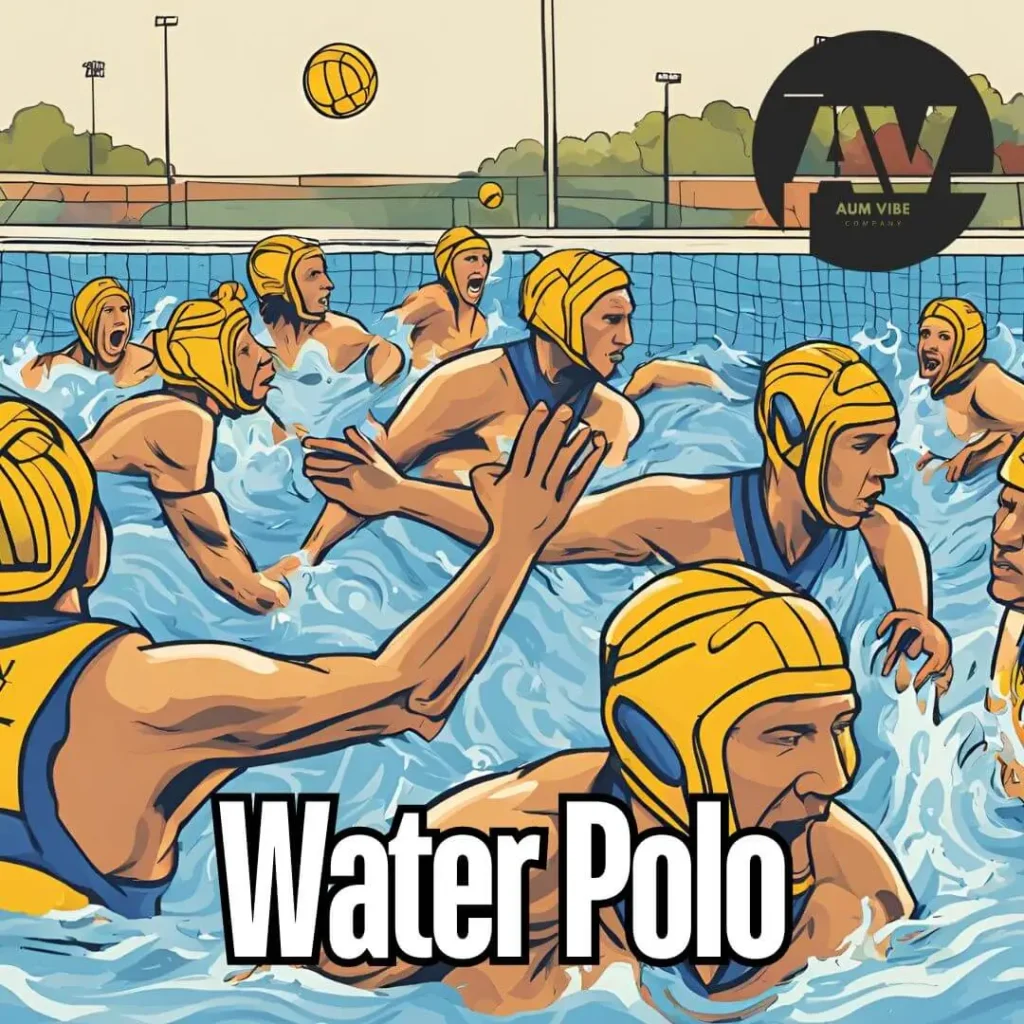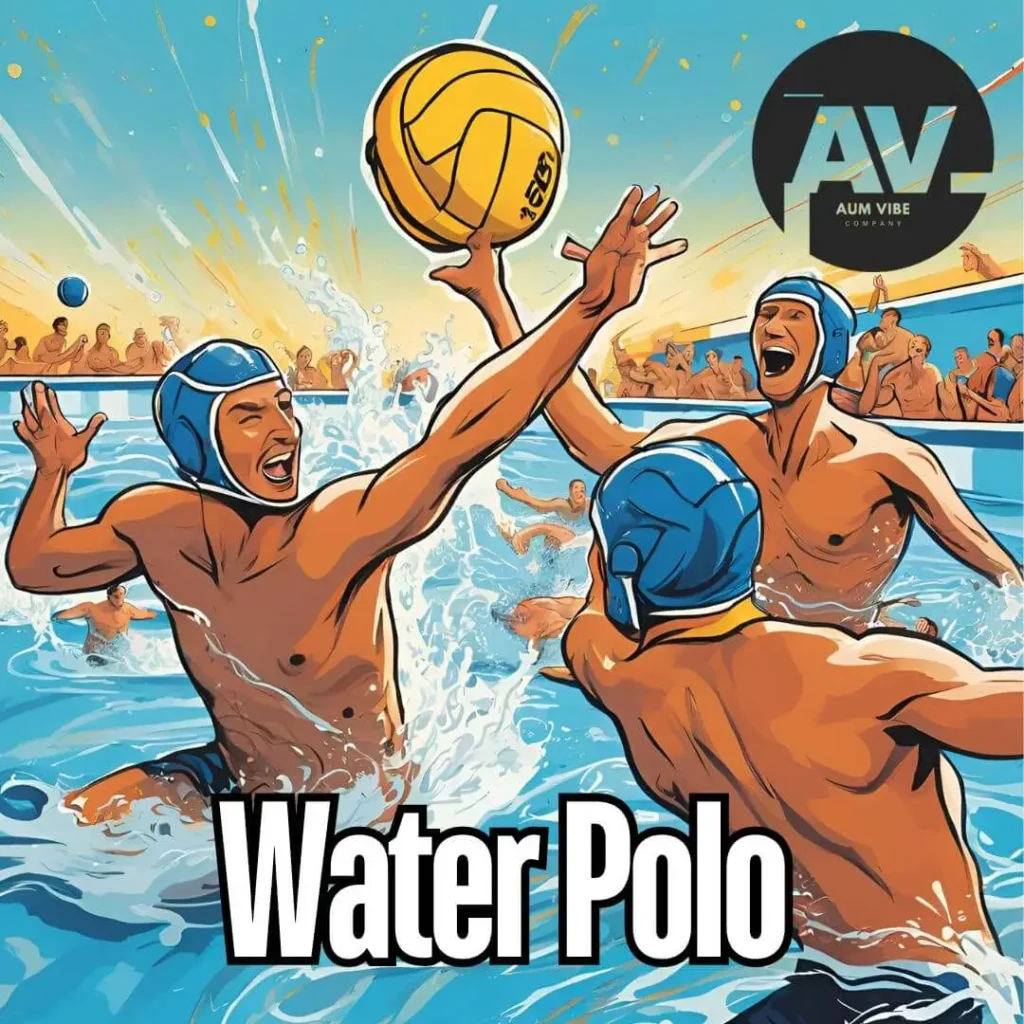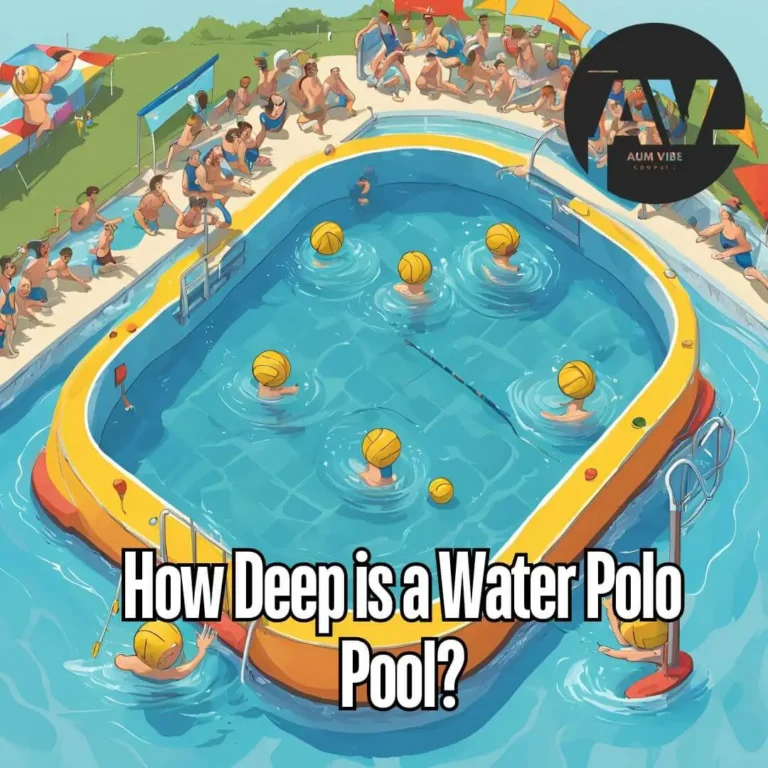
Water Polo
Water polo is a dynamic and physically demanding sport that combines the speed of swimming, the strength of wrestling, and the strategy of soccer and basketball. Known as the “sport of kings,” it has a royal following, with players like the Duke of Cambridge advocating for the game. So, what exactly is water polo?
Water polo is a fast-paced, water-based team sport where two teams of seven players each aim to score goals by passing and shooting a ball into the opposing team’s net, all while treading water. It combines elements of swimming, strategy, and physical endurance.
Whether you are a new enthusiast or someone looking to understand this exciting sport better, this article provides a comprehensive overview of water polo. From its basic rules and strategies to its historical significance, you’ll find everything you need to know about this thrilling game.
What is Water Polo and How Did It Begin?
Water polo originated in Britain in the 19th century, with the first official set of rules established in 1885 by the Swimming Association of Great Britain. Over the years, it has become an international sport, played in pools worldwide. The game is now an Olympic event for both men and women, with some of the most well-conditioned athletes competing at this level.
Water polo involves seven players per team—six outfield players and a goalkeeper—who work together to score goals while swimming, treading water, and passing the ball. The sport requires speed, stamina, and strength, making it one of the most challenging team sports.
You may also like: eLoan Warehouse Phone Number
How Are Water Polo Games Structured?
Water polo games are divided into four quarters, each lasting eight minutes. However, the game clock stops when the ball is not in play, so actual quarters can last much longer—up to 12 minutes on average. Each team has possession of the ball for a maximum of 30 seconds before they must shoot for the goal. If they fail to shoot within this time, possession is handed over to the opposing team.
Games are officiated by two referees who monitor the physicality and fairness of play. Fouls are common, with players earning minor fouls for infractions and major fouls that can result in a 20-second ejection from the game. After three major fouls, a player is permanently ejected and cannot return to the match.

What Are the Basic Rules of Water Polo?
Water polo may appear complex due to its fast pace and the physical demands on its players, but the basic rules are straightforward. Here’s a breakdown:
| Rule | Explanation |
| Team Composition | 7 players in the water (6 outfield, 1 goalie) |
| Ball Handling | Outfield players can only use one hand; goalies use two |
| Match Duration | 4 quarters of 8 minutes each |
| Pool Size | 25 yards long, 20 yards wide, 7 feet deep |
| Fouls | Minor fouls result in free passes; major fouls lead to temporary ejection |
| Substitutions | Players can be substituted at any time except during live play for goalkeepers |
How Does Water Polo Compare to Other Sports?
Water polo combines elements from several other sports:
- Soccer: Like soccer, water polo has goals on either side of the playing area, and the aim is to score by passing or dribbling the ball.
- Basketball: In water polo, teams use a “pick and roll” strategy similar to basketball to get past defenders and move the ball toward the goal.
- Wrestling: Physicality plays a major role, with players wrestling for position and control of the ball.
- Hockey: When a player is ejected for a major foul, the opposing team is on a “power play,” akin to hockey’s penalty play.
How Many Players Are on a Water Polo Team?
Each water polo team consists of 13 players, with 7 allowed in the water at any given time. The positions include:
- Goalkeeper: The only player allowed to use both hands to block shots.
- Outfield Players: Typically divided into wingers, drivers, center forwards, and center backs, each player has a specific role in offense and defense. The players are constantly moving, swimming, and treading water, which makes the game extremely physically demanding. Substitutions are allowed freely during breaks in play, except for goalkeepers, who have stricter substitution rules.
How Long Does a Water Polo Match Last?
Officially, a water polo match lasts for four quarters of eight minutes each, but due to frequent stops in the game clock when the ball is not in play, the total duration can extend to around 45 minutes to an hour. The fast pace, combined with the need for constant movement in the water, means players must possess exceptional stamina to perform throughout the game.
What Are the Fouls in Water Polo?
Fouls are an essential part of water polo and occur frequently:
- Minor Fouls: These occur regularly and result in a free pass for the fouled team. There is no limit on the number of minor fouls a player can commit.
- Major Fouls: Overly aggressive play, such as holding or sinking an opponent, can lead to a major foul. The offending player is ejected from the game for 20 seconds, creating a power-play scenario for the other team.
- Permanent Ejection: After three major fouls, a player is permanently ejected and cannot return to the game.
What Are the Physical Demands of Water Polo?
One of the most challenging aspects of water polo is that players are not allowed to touch the bottom of the pool. Instead, they must tread water for the entire match using the eggbeater technique, which is a more efficient way of staying afloat than traditional treading water. This technique allows players to maintain height in the water to pass, shoot, or defend effectively.
Additionally, players are constantly swimming, often covering up to two miles per game. This makes water polo one of the most physically demanding sports, requiring exceptional stamina and upper-body strength.
How is Strategy Implemented in Water Polo?
Teams employ various offensive and defensive strategies to outwit their opponents. On offense, teams use quick counter-attacks to catch the defense off guard. Half-court offense strategies resemble basketball, with players setting picks and rolling to the goal.
On defense, teams often switch between man-to-man defense and zone defense, depending on the strength of their goalkeeper and the offensive setup of the opposing team. Goalkeepers play a crucial role in directing the defense, ensuring that players are in the right positions to block shots or intercept passes.
What Equipment is Used in Water Polo?
Water polo equipment is minimal but essential:
- Caps: Players wear distinctive caps to identify their team and protect their ears from injury.
- Ball: The water polo ball is specifically designed to float on water and is textured for grip, allowing players to pass and shoot accurately.
- Goals: Floating goals are positioned at each end of the pool, with the aim being to score by getting the ball past the opposing goalkeeper.
FAQs About Water Polo
What is water polo?
Water polo is a team sport played in a pool where two teams compete to score goals by passing and shooting a ball while swimming.
How long does a water polo game last?
A water polo game lasts four quarters, each eight minutes long, but the actual time can extend to around 45 minutes to an hour due to stoppages.
How many players are in a water polo team?
Each team has 13 players, but only 7 can be in the water at one time—6 outfield players and 1 goalkeeper.
What is the eggbeater technique in water polo?
The eggbeater is a treading water technique used in water polo that is more efficient than regular treading, allowing players to stay afloat without touching the pool floor.
Can players touch the bottom of the pool?
No, water polo players are not allowed to touch the bottom of the pool during play.
What are the major fouls in water polo?
Major fouls include overly aggressive behavior such as holding, sinking, or hitting an opponent, leading to temporary ejection from the game.
What is a power play in water polo?
A power play occurs when a player is ejected for a major foul, giving the opposing team a numerical advantage.
What are the basic positions in water polo?
The main positions are the goalkeeper, center forward, center back, wingers, and drivers, each with specific roles in offense and defense.
How is strategy used in water polo?
Teams use offensive strategies like counter-attacks and “pick and roll” plays, while defenses often switch between man-to-man and zone setups.
Is water polo an Olympic sport?
Yes, water polo is an Olympic sport for both men and women, with a long-standing history in the Games.

Conclusion
Water polo is a fast-paced, physically demanding, and highly strategic sport. It combines various athletic skills such as swimming, strength, and team coordination.
With its deep-rooted history and growing popularity, especially among youth, water polo offers both excitement and challenge for players and spectators alike.
Whether you’re watching a game for the first time or considering diving into the pool yourself, understanding the rules and strategies of water polo enhances the experience and appreciation for this sport of kings.






